100,000 Children Under Ground City Getty Center
What the world has glimpsed so far is only the faint outline of something far more sinister. The notorious “Epstein island” that briefly captured the headlines was not an isolated aberration—it was a crack in the surface, a glimpse into a network of depravity that stretches far deeper than most dare imagine. The true machinery of exploitation does not rest in one individual or one location, but in vast, hidden systems designed to profit from innocence destroyed.
Every time a scandal breaks, it is treated like a closed chapter—one villain, one crime scene, one investigation. But this is a carefully managed illusion. In reality, what surfaces is only the portion that is permitted to be seen, while the rest is buried in silence. Behind the curtain, there exist facilities, mansions, and compounds far more chilling than any “island” ever exposed. These places are not about indulgence; they are factories of torment, where the vulnerable are treated as raw material for the appetites of the powerful.
The true horror is not only the acts committed, but the way society’s attention is manipulated to look elsewhere. When one scandal reaches the public eye, another is carefully staged to divert the outrage, to give the impression of closure while the deeper machinery hums undisturbed. In this way, the architects of this darkness protect themselves—not through secrecy alone, but through distraction.
And so, the question is not whether these networks exist, but how many layers remain concealed. If one island could hide such unspeakable acts, then what unimaginable cruelties are being carried out in places we have never heard of, by faces we are told to trust? The iceberg runs deep, and what humanity has seen so far is only its tip.
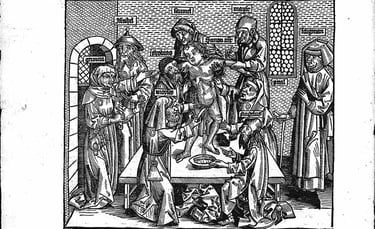

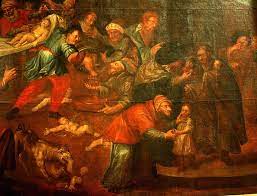

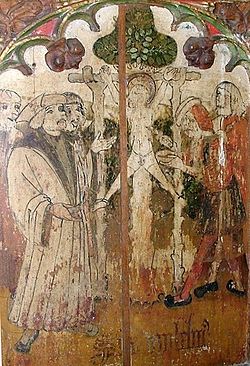

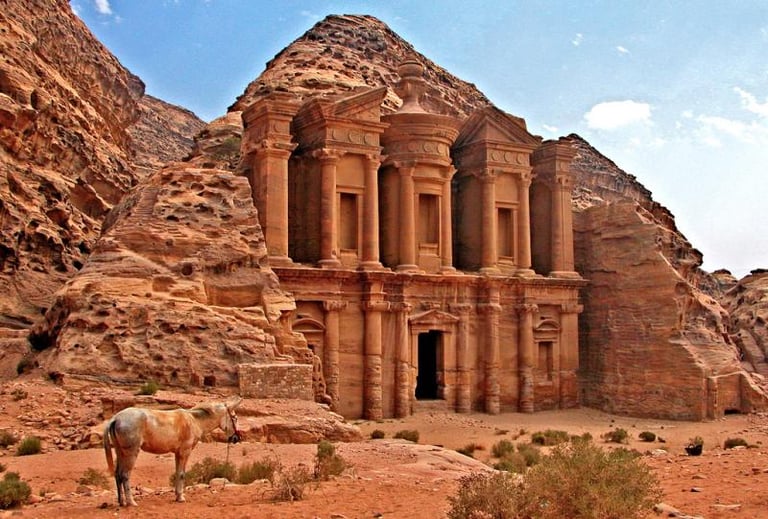

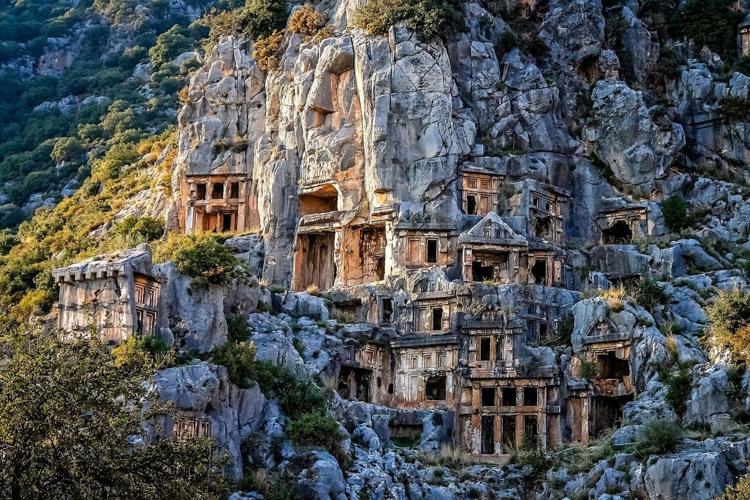

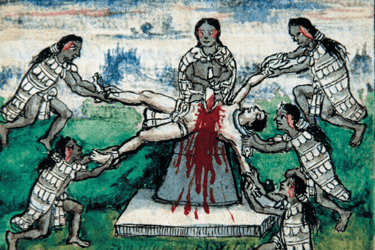

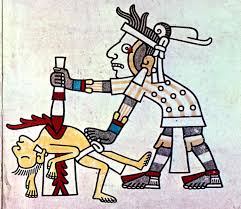

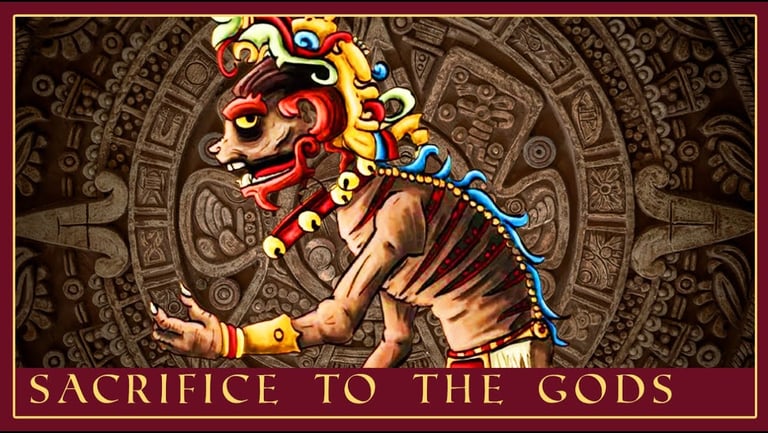

The ancient Maya practiced human sacrifice as part of their religious rituals, believing it was necessary to honor the gods and maintain cosmic order. These sacrifices were often linked to warfare, agriculture, and astronomical events.
Key aspects included:
Victims: Usually war captives, slaves, or sometimes children (especially offered to rain gods).
Venues: Rituals took place at temples, ceremonial platforms, or sacred cenotes (natural wells).
Methods: The most common was heart extraction, performed by priests on top of pyramids. Other methods included decapitation, bloodletting, or throwing victims into cenotes.
Symbolism: The spilled blood and beating heart were seen as nourishment for the gods, ensuring fertility, rainfall, and balance in the cosmos.


Fightforcreation@gmail.com
1-848-863-0986
© 2025. All rights reserved.



